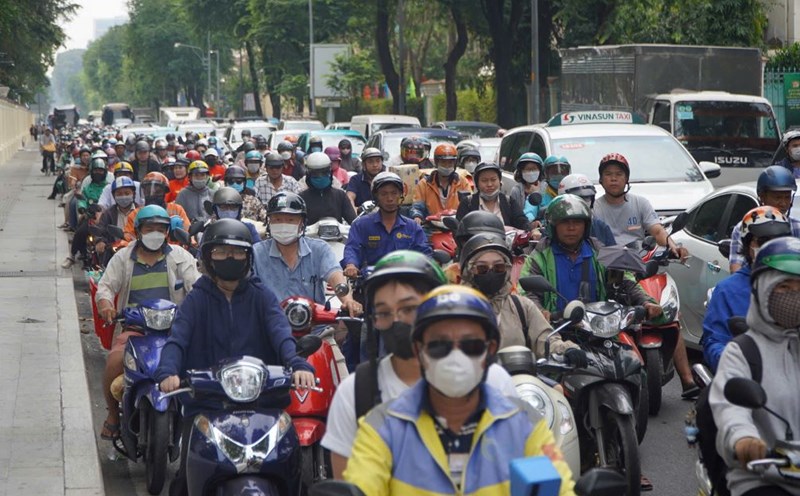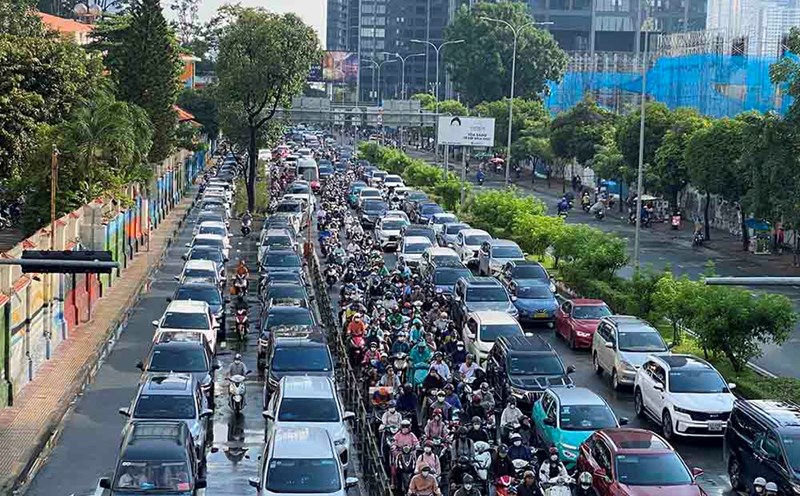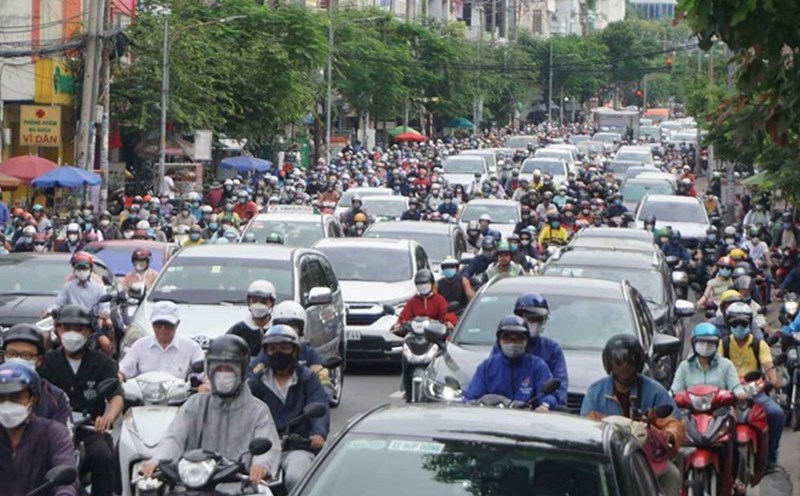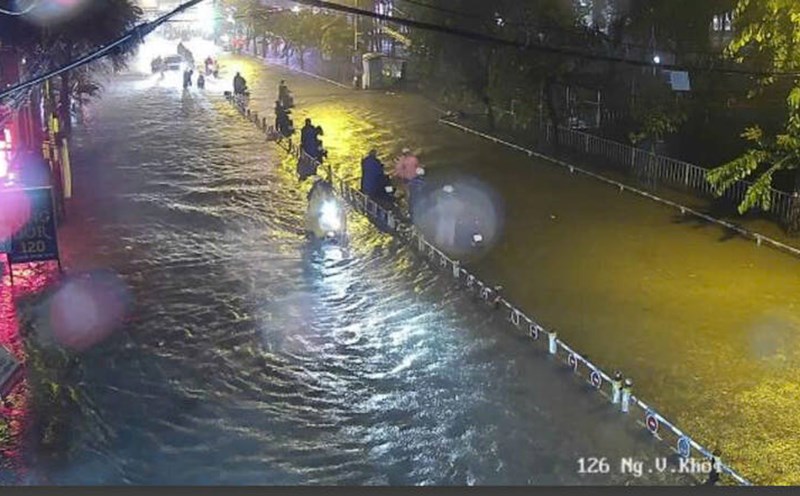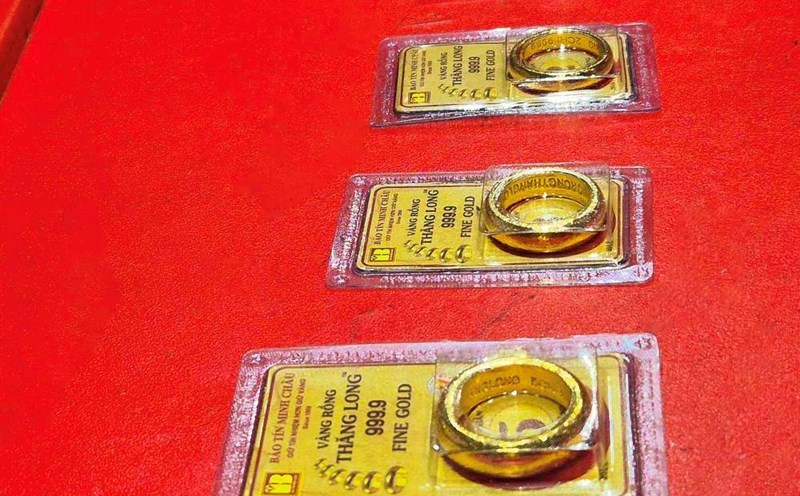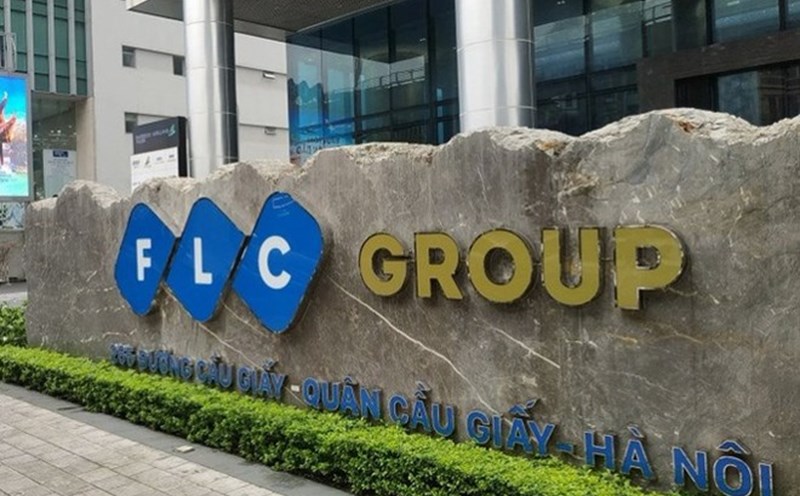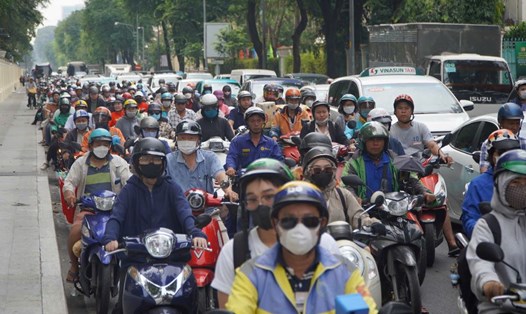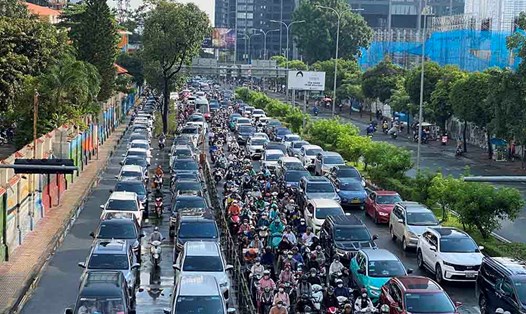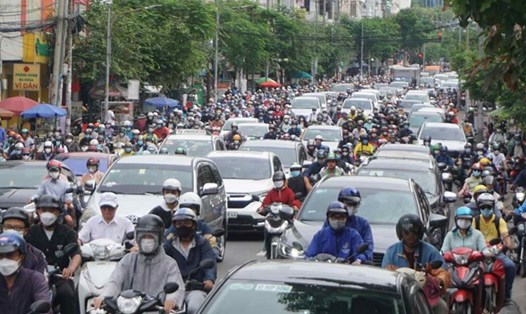The Office of the Ho Chi Minh City People's Committee has just announced the conclusion of Vice Chairman of the Ho Chi Minh City People's Committee Bui Xuan Cuong at the meeting on the implementation of green transformation tasks in the transport sector.
Regarding the Project on Control Emissions of Vehicles in Ho Chi Minh City (phase 1), the leaders of the Ho Chi Minh City People's Committee assigned the Department of Construction to urgently complete the dossier and draft Resolution to submit to the Ho Chi Minh City People's Council at the November 2025 session on schedule.
For phase 2, the Ho Chi Minh City Department of Construction will coordinate with relevant units to review and advise on the implementation of necessary procedures, speed up the green transformation progress in the transport sector in some eligible areas such as Con Dao and Can Gio, to submit to the Ho Chi Minh City People's Council for consideration at the end of 2025 session.
For the remaining areas, the City will continue to research, supplement and complete the dossier, and submit it in the first quarter of 2026.
Vice Chairman of the Ho Chi Minh City People's Committee Bui Xuan Cuong also requested that during the drafting process, the Department of Construction should closely coordinate with the Ho Chi Minh City Institute for Research and Development to ensure consistency with other green transformation projects being studied and implemented.
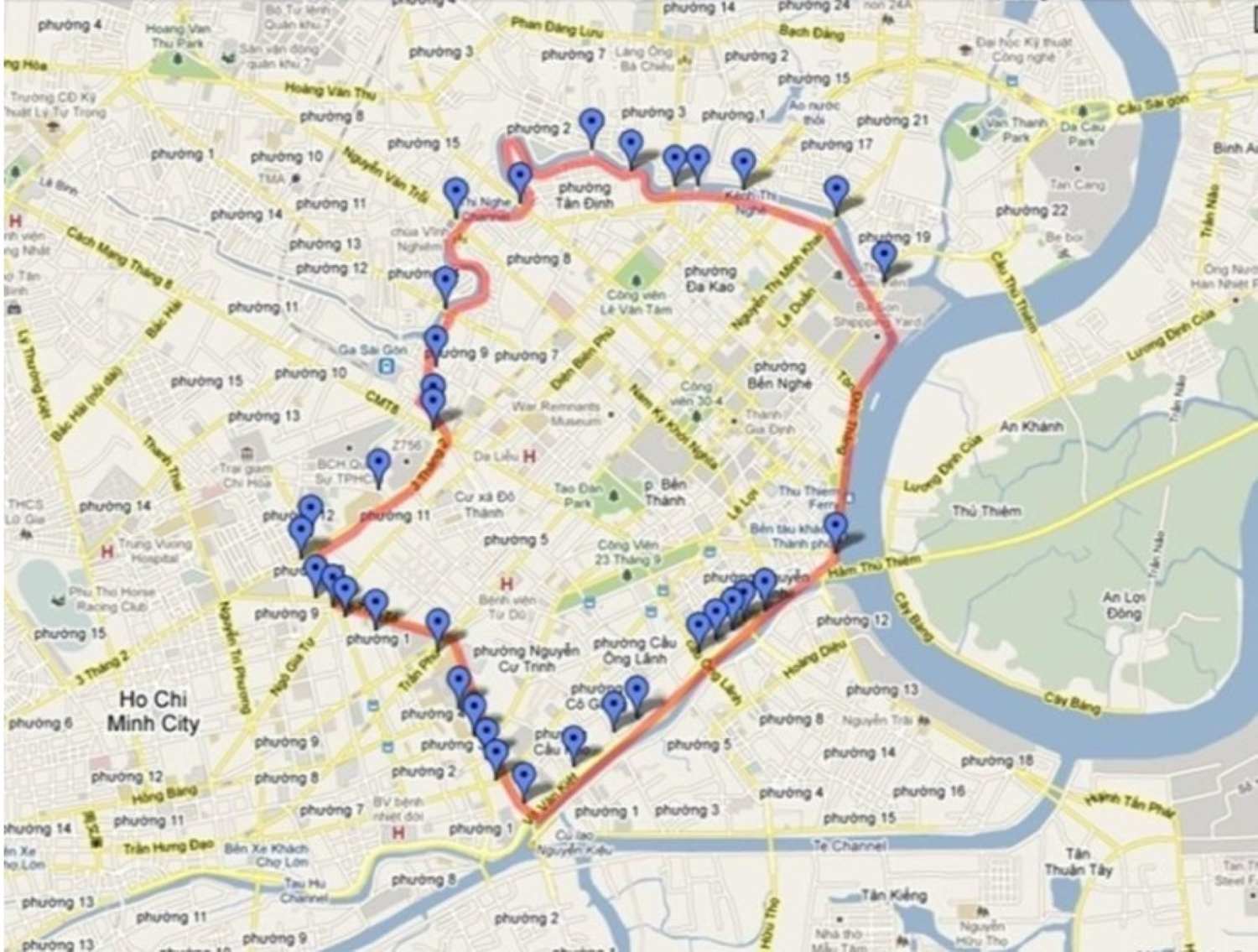
According to the draft project on controlling emissions from vehicles in Ho Chi Minh City, the consulting unit proposed to establish a low-emission zone (Low Emission Zone - LEZ) in the central area of Ho Chi Minh City, limited by 15 bridges and 20 main roads along with Rung Sac route (Can Gio district).
In this area, the City will limit or ban the operation of highly emission vehicles, especially heavy trucks running on diesel, cars not meeting level 4 emission standards and motorbikes and mopeds not meeting level 2 emission standards.
In contrast, vehicles using clean energy, green energy, and environmentally friendly vehicles, along with official vehicles, priority vehicles or specially licensed vehicles, will be allowed to circulate.
According to the proposal, from 2026: Ho Chi Minh City will limit the operation of technology vehicles and transport vehicles using fuel and oil that do not meet emission standards in the low-emission zone of the central area; at the same time, pilot the limitation of vehicles below emission standards on Rung Sac Street (from Binh Khanh ferry to Duyen Hai and Can Gio streets).
Phase 2027 - 2030: The city will deploy a large-scale inspection of motorbike emissions, gradually limiting cars below Level 4 standards and motorbikes and mopeds below Level 2 standards to circulate in the central area. The limited area will be expanded to Binh Khanh, An Thoi Dong, Can Gio and Thanh An.
By 2031: The low-emission zone is expected to expand to the entire Ring Road 1 area, surrounded by Pham Van Dong - Nguyen Thai Son roundabout - Bay Hien - Huong Lo 2 intersection - Nguyen Van Linh routes.
From 2032: The city will raise emission standards applicable to all vehicles in this area.
According to the report, green transformation in the transportation sector of Ho Chi Minh City has achieved many positive results.
Currently, 45.2% of buses operating in the area use electricity or CNG; electric taxis account for 71%, of all taxis in circulation; while electric motorbikes account for 28.1% of two-wheeled vehicles using electronic connection software.
The charging station system is also developing strongly with about 1,000 charging stations put into operation. Of which, V-Green Group operates about 900 stations, including 9,432 charging stations with more than 14,700 charging ports (including fast and slow charging ports for electric cars), and 300 fast charging stations for electric motorbikes.
In addition, Selex Motors has deployed about 50 electric motorbike battery exchange points, equivalent to 900 shared batteries.

